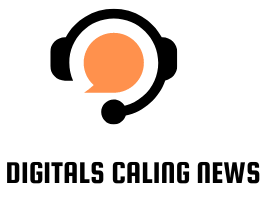The Advantages and Disadvantages of Free Technology

Technology has become an integral part of our daily lives. From smartphones to laptops, we rely on technology to communicate, work, and entertain ourselves. With the rise of free technology, many people are now able to access technology without having to pay for it. In this article, we will discuss the advantages and disadvantages of free technology.
Advantages of Free Technology
1. Accessibility: One of the biggest advantages of this technology is accessibility. People who cannot afford expensive gadgets or software can still access technology through free alternatives. This allows more people to participate in the digital world and benefit from its advantages. 2. Cost-effective: this technology is cost-effective for both individuals and businesses. Instead of spending a lot of money on expensive software or hardware, they can use these alternatives that offer similar features. This can save a lot of money in the long run. 3. Innovation: this technology encourages innovation. Developers are more likely to create new and innovative products when they have access to these tools and resources. This can lead to the creation of new technologies that benefit everyone. 4. Collaboration: this technology promotes collaboration. People can work together on projects using these tools and software. This can lead to more creativity and better results.
Disadvantages of Free Technology
1. Limited features: Free technology often has limited features compared to paid alternatives. This can be a disadvantage for people who need advanced features for their work or hobbies. 2. Security risks: this technology can pose security risks. Hackers can exploit vulnerabilities in this software or hardware to gain access to sensitive information. This can lead to identity theft or other types of cybercrime. 3. Lack of support: Free technology often lacks support. If something goes wrong, users may not have anyone to turn to for help. This can be frustrating and time-consuming. 4. Compatibility issues: this technology may not be compatible with other software or hardware. This can cause problems when trying to collaborate with others or when trying to use different devices.
Examples
1. OpenOffice: OpenOffice is a free alternative to Microsoft Office. It includes a word processor, spreadsheet program, and presentation software. 2. GIMP: GIMP is a free alternative to Adobe Photoshop. It is a powerful image editing tool that can be used for a variety of tasks. 3. Linux: Linux is a free operating system that can be used on desktops, laptops, and servers. It is known for its stability and security. 4. LibreOffice: LibreOffice is a free alternative to Microsoft Office that includes a word processor, spreadsheet program, and presentation software.
Conclusion
Free technology has both advantages and disadvantages. It can be a cost-effective way to access technology and promote innovation, but it can also pose security risks and lack support. When deciding whether to use free technology, it is important to consider your needs and the potential risks involved.






